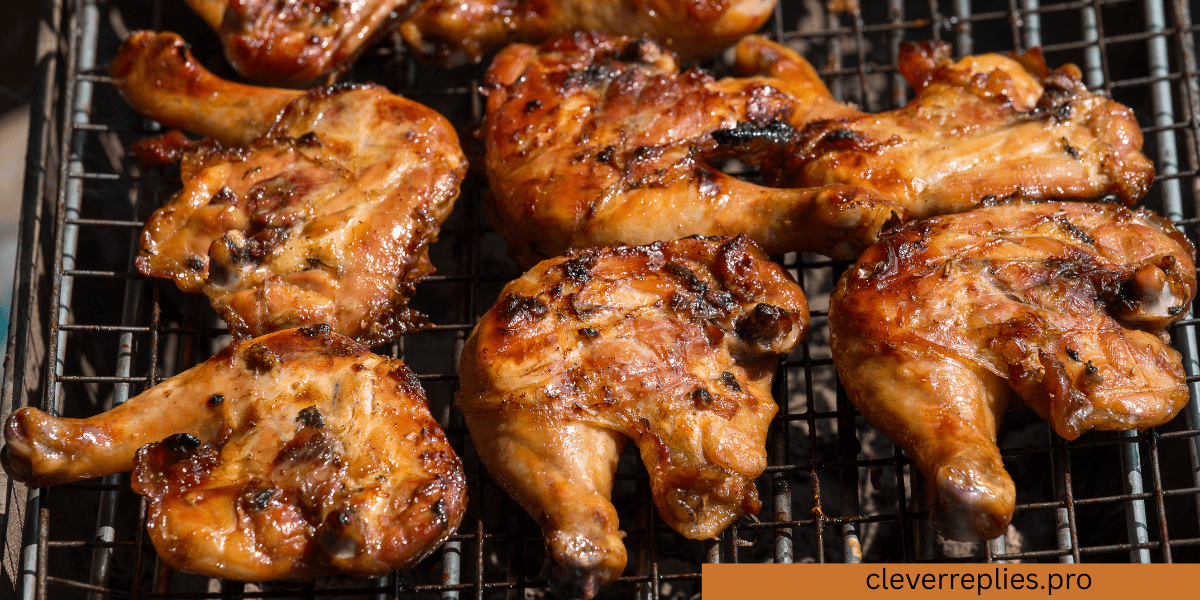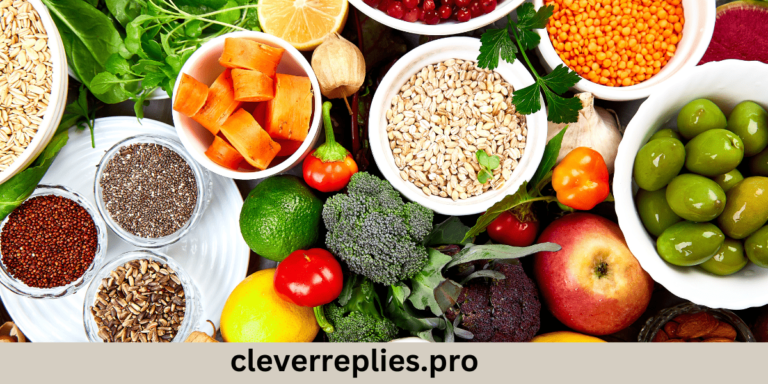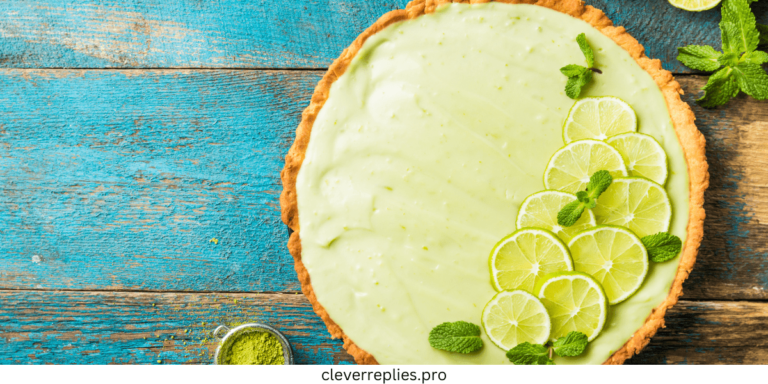Step-by-Step Guide to Grilling Chicken
Introduction
Grilling chicken is an art that can transform a simple meal into a mouthwatering experience. Whether you’re hosting a summer barbecue or just whipping up dinner on a weeknight, perfectly grilled chicken is always a crowd-pleaser. The smoky flavor, juicy texture, and endless seasoning possibilities make it one of the most versatile proteins to cook.
But with so many options and techniques out there, how do you achieve that perfect char? Fear not! This step-by-step guide will walk you through everything from choosing the right cut to mastering those grilling techniques that will leave your taste buds dancing with joy. Ready to fire up the grill? Let’s dive in!

The Basics of Grilling Chicken
Grilling chicken is simpler than you might think. The key lies in understanding the equipment and techniques at your disposal.
First, choose between gas or charcoal grills. Gas offers convenience and quick heat control, while charcoal brings a smoky flavor that many love.
Next, consider the temperature. A medium-high heat is generally ideal for grilling chicken to achieve a nice sear without drying it out.
Don’t forget about preheating! Letting your grill reach the right temperature ensures even cooking throughout. This step can make all the difference.
Always keep an eye on flare-ups caused by dripping fat; they can lead to burnt edges if not managed properly.
Patience is essential. Don’t rush the process—allowing time for proper cooking results in juicy, tender chicken every time!
Choosing the Right Type of Chicken
When it comes to grilling chicken, the type you choose can make a significant difference in flavor and texture. Skin-on chicken pieces, like thighs or drumsticks, tend to remain juicier due to the fat content.
If you prefer white meat, opt for boneless breasts. They cook quickly but require careful attention to avoid drying out. Marinating these cuts beforehand can help lock in moisture.
Organic and free-range options are gaining popularity for their rich taste and ethical appeal. These chickens often have a firmer texture and more depth of flavor compared to conventional varieties.
Consider also the cut’s thickness; thicker pieces will need more time on the grill while thinner ones may cook too fast. Always keep this in mind when selecting your chicken for that perfect grilled experience!
Preparing the Chicken for Grilling
Preparing chicken for grilling is a crucial step that sets the stage for delicious results. Start by selecting fresh, high-quality chicken. Look for pieces that are plump and have a pinkish hue.
Once you’ve chosen your chicken, it’s time to trim any excess fat or skin. This helps prevent flare-ups on the grill, ensuring even cooking.
Next, pat the chicken dry with paper towels. Removing moisture allows for better browning and caramelization during grilling.
If using bone-in cuts, consider making shallow slashes in the meat. This technique promotes quicker cooking and allows marinades to penetrate deeply.
Let the chicken sit at room temperature for about 30 minutes before grilling. This simple step ensures more uniform cooking throughout each piece of poultry.
Marinating and Seasoning Tips
Marinating your chicken is a game-changer. It enhances flavor and tenderizes the meat, making every bite juicy.
Choose an acid for your marinade, like lemon juice or vinegar. This helps break down proteins. Combine it with oil to lock in moisture and add herbs and spices for depth.
Experiment with different flavor profiles. Asian-inspired marinades can include soy sauce, ginger, and garlic while Mediterranean blends might feature olive oil, oregano, and lemon zest.
Let the chicken soak for at least 30 minutes—longer for deeper flavors. Overnight marination works wonders too.
Don’t forget the seasoning! A simple mix of salt and pepper can elevate grilled chicken beautifully. For more complexity, consider using paprika or cumin.
Always pat dry before grilling to achieve that perfect sear. The right balance of flavors starts here; trust the process and enjoy creating something delicious!
Proper Grilling Techniques
To achieve perfectly grilled chicken, mastering proper grilling techniques is essential. Start by preheating your grill to ensure a good sear on the meat. A hot grill creates those coveted grill marks and helps lock in moisture.
Consider using direct heat for thinner cuts and indirect heat for thicker pieces. This approach prevents burning while allowing thorough cooking.
Always oil the grill grates before placing the chicken on them. This simple step minimizes sticking and promotes even browning.
Use tongs instead of a fork when flipping or moving the chicken. Piercing the meat can release juices, leading to dryness.
Monitor internal temperatures with a meat thermometer to guarantee doneness without overcooking. For chicken, aim for an internal temperature of 165°F (75°C).
Let your grilled creation rest briefly before serving; this redistributes juices for more flavorful bites ahead!
Safety Tips for Grilling Chicken
Grilling chicken is a delightful experience, but safety is paramount. Start by ensuring your grill is clean. A build-up of grease can lead to flare-ups and unwanted flavors.
Always use separate utensils for raw and cooked chicken. This prevents cross-contamination, keeping your meals safe and healthy.
Check the temperature regularly while grilling. Chicken should reach an internal temperature of 165°F (74°C) to ensure it’s fully cooked. Invest in a reliable meat thermometer for accuracy.
Never leave your grill unattended—especially when cooking poultry. Keep children and pets at a safe distance from the hot grill to avoid accidents.
Let grilled chicken rest before serving. This allows juices to redistribute, enhancing flavor while ensuring it cools slightly for safer handling.
Delicious Grilled Chicken Recipes
Grilled chicken is incredibly versatile. You can explore flavors from all around the world with just one ingredient.
Try a classic lemon herb marinade for a refreshing touch. Zesty lemon juice and fresh herbs like rosemary or thyme create a mouthwatering dish that’s perfect for any summer gathering.
For something spicy, whip up a chipotle honey glaze. The smoky flavor combined with sweetness gives your chicken an irresistible kick.
If you’re in the mood for something unique, consider coconut milk and curry powder. This tropical twist will transport your taste buds to far-off shores while keeping it simple on the grill.
Don’t forget about barbecue sauce! A tangy homemade version brushed on during grilling adds layers of flavor without overwhelming the natural taste of the chicken.
With these ideas, grilled chicken becomes more than just dinner; it’s an exciting culinary adventure waiting to happen.
Common Mistakes to Avoid when Grilling Chicken
Grilling chicken can be a delightful experience, but several common mistakes can ruin your meal. One major pitfall is cooking straight from the fridge. Letting the chicken sit at room temperature for about 30 minutes ensures even cooking.
Another common error involves not checking for doneness. Relying solely on cooking time often leads to undercooked or overly charred pieces. Invest in a meat thermometer for accurate results.
Skipping marinade or seasoning is also a mistake that many make. A simple marinade can enhance flavor and tenderness, so don’t underestimate its importance.
Using too high heat without properly searing first can lead to burnt outsides and raw insides. Adjust your grill’s temperature accordingly.
Avoid flipping the chicken too frequently; let it develop those beautiful grill marks before turning it over! These small adjustments can significantly improve your grilled chicken game.
Serving Suggestions and Side Dishes
Grilled chicken pairs beautifully with a variety of side dishes that enhance its flavors. A fresh garden salad is always a hit, offering crisp greens and vibrant veggies to balance the savory taste.
Consider adding grilled vegetables as well. Zucchini, bell peppers, and asparagus bring color and texture to your plate while complementing the smoky notes of the chicken.
For something heartier, serve up some fluffy rice or creamy mashed potatoes. They soak up any sauces you might drizzle over the chicken.
Don’t forget about bread! A crusty baguette or soft garlic bread can be perfect for soaking up juices.
If you’re looking for something refreshing, coleslaw or corn on the cob can add a nice crunch. Each option adds its unique touch to your meal, making it even more enjoyable.
Conclusion
Grilling chicken is an art that can be mastered with a little practice and patience. By understanding the basics, choosing the right type of chicken, and preparing it properly, you set yourself up for success. Experimenting with different marinades and seasonings not only enhances flavor but also adds to your grilling repertoire.
Employing proper grilling techniques ensures even cooking while keeping the meat juicy. Remember safety first; handling raw poultry requires care to avoid contamination. With countless delicious grilled chicken recipes available, each meal can bring something new to the table.
Avoid common mistakes like overcooking or using insufficient heat, as these can derail your efforts. Pair your perfectly grilled chicken with delightful side dishes for a complete dining experience that will impress family and friends alike.
Embrace the process of grilling chicken—get creative in the kitchen, enjoy time outdoors by the grill, and savor every bite. Whether you’re hosting a barbecue or enjoying a quiet dinner at home, perfect grilled chicken always brings joy to any occasion.







